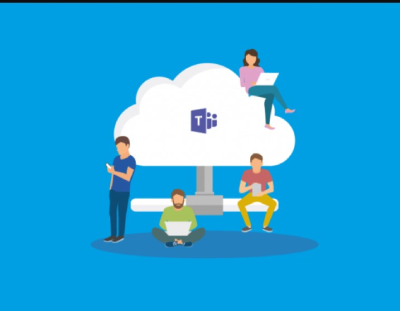In the past, most managed services providers or MSPs had to drive to the company to provide support onsite. Fast forward to today, MSPs now deliver remote support using MSP remote access software.
Through this tool, IT technicians are able to quickly diagnose and resolve end-user issues, install critical updates, and monitor network assets wherever they are located and no matter what time. Simply put, remote access is an efficient solution to have.
Before we delve into the best practices concerning remote access, let us first touch on its basics.
What is remote access?
Remote access refers to the ability of a device to access a specific computer system from anywhere.
To get a file or folder from their desktop in a remote location, employees can use MSP remote access software.
This tool allows them to perform system configurations, maintenance, and service management for their clients without leaving their desks.
In addition, remote access tools serve as MSP’s entryway to their customer’s resources, such as machine, IP, and data.

Remote Access Best Practices
While remote work can be advantageous for a company's operations, it is clear that one of its major drawbacks is the security risks.
By following the best practices for remote access, businesses can mitigate these and keep their systems secure even when employees work from home.
Expect that threats will come
Assume that when you work remotely, threats will occur whether you like it or not. This is a difficult thought to process, especially for companies that perform well when it comes to securing their infrastructure onsite.
When employees work remotely, there is not much opportunity to detect risks. This is worth pondering on. The sad truth is that vulnerabilities can potentially exist within the machine and the applications that employees work with.
IT teams should think that those risks are just around the corner, even when they can’t see them.
Create specific rules for teleworking
Another fundamental step toward managing remote access threats is to establish clear rules that govern how employees work remotely. Companies should create telework policies that include the following:
- What types of data can employees access and download to their devices
- What software can employees install to their remote device
- When remote employees cannot communicate with the IT team, how should they report suspected attacks?
By considering these things, they can reduce the security risks associated with remote access systems.
Encrypt sensitive information
Data encryption is always a nice addition from a security viewpoint. It is even more important when you have employees working remotely.
Ensuring that you have MSP remote access software with built-in encryption can keep you protected against hackers.
Assign specific remote work devices and secure them
It’s ideal for employees not to use personal devices when working remotely, and a policy should require them to do so. Companies should instead provide them with specialized devices for remote work. Those teams managing these devices must ensure that they are kept up-to-date and do not contain any unnecessary stuff that could pose a security risk.
Multi-factor authentication
Organizations should have a stringent access control for employees who are accessing company resources remotely. Access for all users should be disabled by default and allowed only for the specific accounts that need it. This will need more configuration, but the added security benefits will be well worth it.
Set up a VPN
Virtual private networks (VPN) can reduce the risks of some types of attacks, like data sniffing and phishing. It encrypts connection and provides access control for corporate networks. Albeit not a comprehensive one, imagine a VPN as an extra layer of defense for remote-access security.
Manage sensitive data securely
Whether employees work remotely or on-site, it is vital to handle sensitive data properly.
If your organization has compliance regulations that require data to be kept on specific servers, make sure employees can't get copies of the data to their mobile devices.
Even if compliance isn't a concern, procedures on when and how employees can copy data to remote devices should be clearly implemented. After all, you don’t want an employee to be downloading clients' personal data to a thumb drive which could go missing, as this could potentially expose sensitive data.
Final Thoughts
Once you’ve decided to go remote, you need to select vendors and partners who are as committed to remote security as you are. This way, you’ll always be ready to resolve threats as soon as they arise.
Leverage MSP remote access software provided by ITarian. It can help you control or manage a client’s computer from afar and deal with issues quickly. Contact our team to inquire about it.